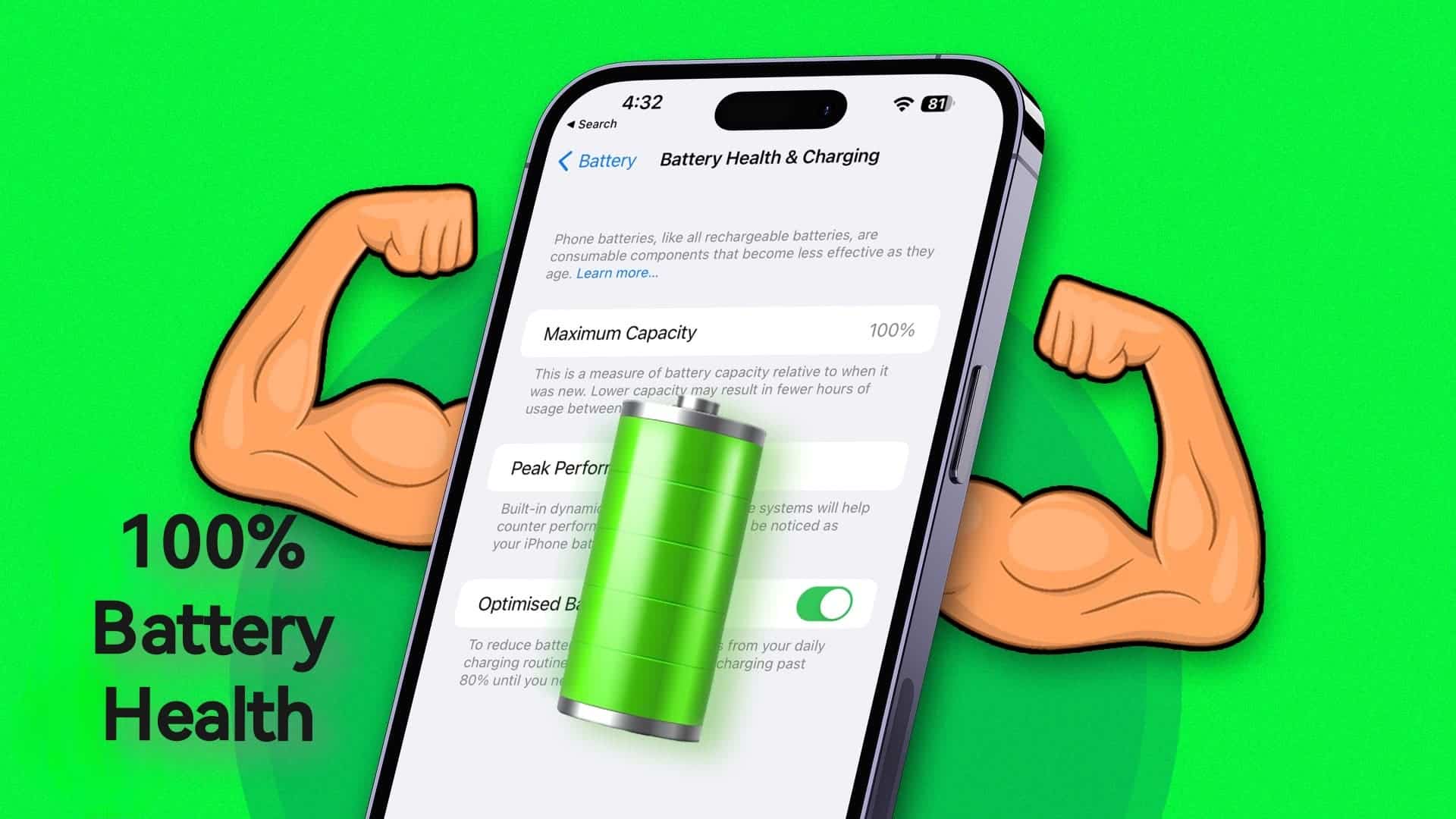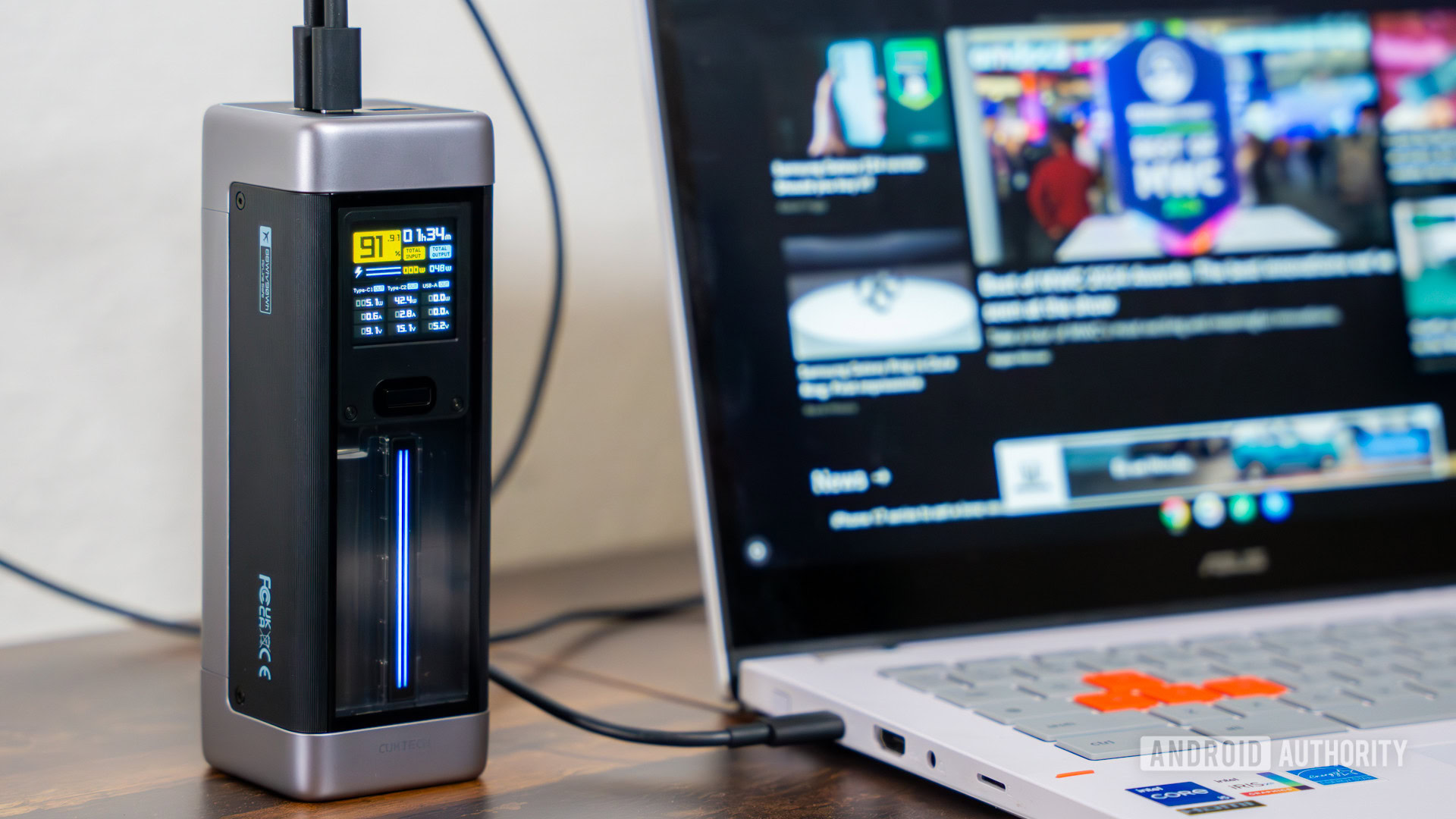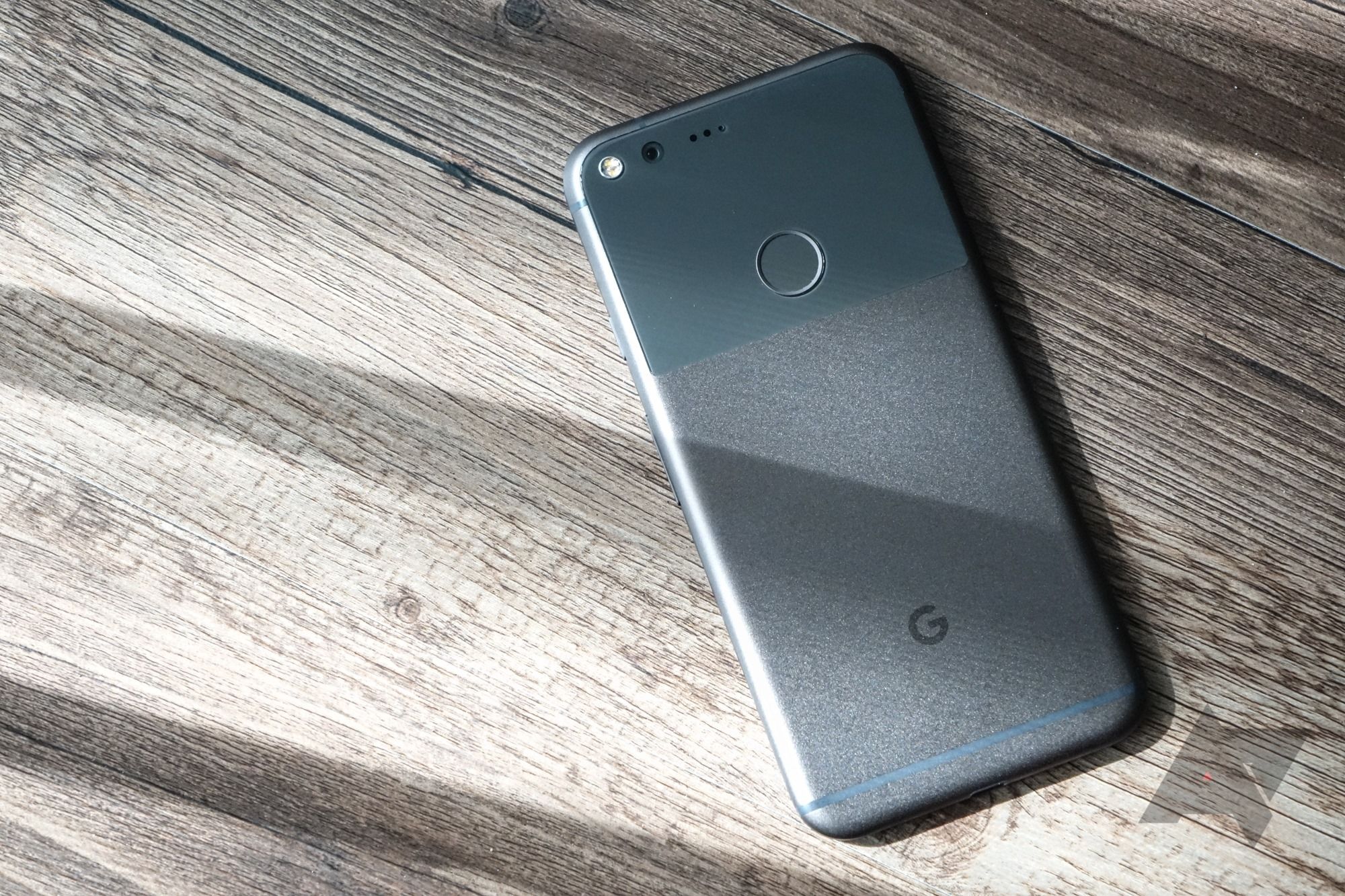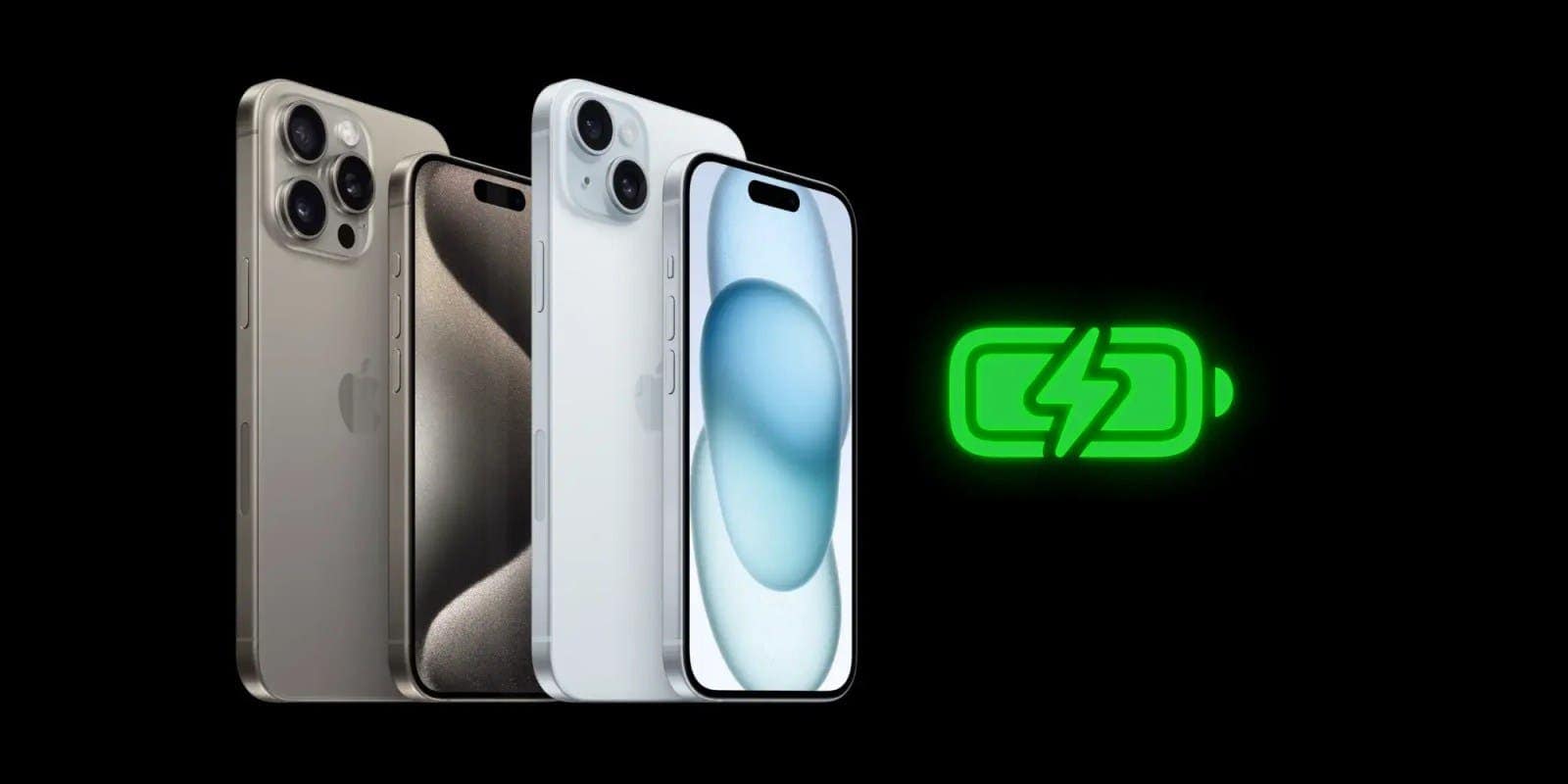Five Cool Tech Demos From the ARPA-E Summit
Nearly 400 exhibitors representing the boldest energy innovations in the United States came together last week at the annual ARPA-E Energy Innovation Summit. The conference, hosted in Dallas by the U.S. Advanced Research Projects Agency–Energy (ARPA-E), showcased the agency’s bets on early-stage energy technologies that can disrupt the status quo. U.S. Secretary of Energy Jennifer Granholm spoke at the summit. “The people in this room are America’s best hope” in the race to unleash the power of clean energy, she said. “The technologies you create will decide whether we win that race. But no pressure,” she quipped. IEEE Spectrum spent three days meandering the aisles of the showcase. Here are five of our favorite demonstrations.
Gas Li-ion batteries thwart extreme cold
South 8 Technologies demonstrates the cold tolerance of its Li-ion battery by burying it in ice at the 2024 ARPA-E Energy Innovation Summit. Emily Waltz
Made with a liquified gas electrolyte instead of the standard liquid solvent, a new kind of lithium-ion battery that stands up to extreme cold, made by South 8 Technologies in San Diego, won’t freeze until temps drop below –80 °C. That’s a big improvement on conventional Li-ion batteries, which start to degrade when temps reach 0 °C and shut down at about –20 °C. “You lose about half of your range in an electric vehicle if you drive it in the middle of winter in Michigan,” says Cyrus Rustomji, cofounder of South 8. To prove the company’s point, Rustomji and his team set out a bucket of dry ice at nearly –80 °C at their booth at the ARPA-E summit and put flashlights in it—one powered by a South 8 battery and one powered by a conventional Li-ion cell. The latter flashlight went out after about 10 minutes, and South 8’s kept going for the next 15 hours. Rustomji says he expects EV batteries made with South 8’s technology to maintain nearly full range at –40 °C, and gradually degrade in temperatures lower than that.
![]() South 8 Technologies
South 8 Technologies
Conventional Li-ion batteries use liquid solvents, such as ethylene and dimethyl carbonate, as the electrolyte. The electrolyte serves as a medium through which lithium salt moves from one electrode to the other in the battery, shuttling electricity. When it’s cold, the carbonates thicken, which lowers the power of the battery. They can also freeze, which shuts down all conductivity. South 8 swapped out the carbonate for some industrial liquified gases with low freezing points (a recipe the company won’t disclose).
Using liquified gases also reduces fire risk because the gas very quickly evaporates from a damaged battery cell, removing fuel that could burn and cause the battery to catch fire. If a conventional Li-ion battery gets damaged, it can short-circuit and quickly become hot—like over 800 °C hot. This causes the liquid electrolyte to heat adjacent cells and potentially start a fire.
There’s another benefit to this battery, and this one will make EV drivers very happy: It will take only 10 minutes to reach an 80 percent charge in EVs powered by these batteries, Rustomji estimates. That’s because liquified gas has a lower viscosity than carbonate-based electrolytes, which allows the lithium salt to move from one electrode to the other at a faster rate, shortening the time it takes to recharge the battery.
South 8’s latest improvement is a high-voltage cathode that reduces material costs and could enable fast charging down to 5 minutes for a full charge. “We have the world record for a high-voltage, low-temperature cathode,” says Rustomji.
Liquid cooling won’t leak on servers
Chilldyne guarantees that its liquid-cooling system won’t leak even if tubes get hacked in half, as IEEE Spectrum editor Emily Waltz demonstrates at the 2024 ARPA-E Energy Innovation Summit. Emily Waltz
Data centers need serious cooling technologies to keep servers from overheating, and sometimes air-conditioning just isn’t enough. In fact, the latest Blackwell chips from Nvidia require liquid cooling, which is more energy efficient than air. But liquid cooling tends to make data-center operators nervous. “A bomb won’t do as much damage as a leaky liquid-cooling system,” says Steve Harrington, CEO of Chilldyne. His company, based in Carlsbad, Calif., offers liquid cooling that’s guaranteed not to leak, even if the coolant lines get chopped in half. (They aren’t kidding: Chilldyne brought an axe to its demonstration at ARPA-E and let Spectrum try it out. Watch the blue cooling liquid immediately disappear from the tube after it’s chopped.)
![]() Chilldyne
Chilldyne
The system is leakproof because Chilldyne’s negative-pressure system pulls rather than pushes liquid coolant through tubes, like a vacuum. The tubes wind through servers, absorbing heat through cold plates, and return the warmed liquid to tanks in a cooling distribution unit. This unit transfers the heat outside and supplies cooled liquid back to the servers. If a component anywhere in the cooling loop breaks, the liquid is immediately sucked back into the tanks before it can leak. Key to the technology: low-thermal-resistance cold plates attached to each server’s processors, such as the CPUs or GPUs. The cold plates absorb heat by convection, transferring the heat to the coolant tube that runs through it. Chilldyne optimized the cold plate using corkscrew-shaped metal channels, called turbulators, that force water around them “like little tornadoes,” maximizing the heat absorbed, says Harrington. The company developed the cold plate under an ARPA-E grant and is now measuring the energy savings of liquid cooling through an ARPA-E program.
Salvaged mining waste also sequesters CO2
![]() Phoenix Tailings’ senior research scientist Rita Silbernagel explains how mining waste contains useful metals and rare earth elements and can also be used as a place to store carbon dioxide.Emily Waltz
Phoenix Tailings’ senior research scientist Rita Silbernagel explains how mining waste contains useful metals and rare earth elements and can also be used as a place to store carbon dioxide.Emily Waltz
Mining leaves behind piles of waste after the commercially viable material is extracted. This waste, known as tailings, can contain rare earth elements and valuable metals that are too difficult to extract with conventional mining techniques. Phoenix Tailings—a startup based in Woburn, Mass.—extracts metals and rare earth elements from tailings in a process that leaves behind no waste and creates no direct carbon dioxide emissions. The company’s process starts with a hydrometallurgical treatment that separates rare earth elements from the tailings, which contain iron, aluminum, and other common elements. Next the company uses a novel solvent extraction method to separate the rare earth elements from one another and purify the desired element in the form of an oxide. The rare earth oxide then undergoes a molten-salt electrolysis process that converts it into a solid metal form. Phoenix Tailings focuses on extracting neodymium, neodymium-praseodymium alloy, dysprosium, and ferro dysprosium alloy, which are rare earth metals used in permanent magnets for EVs, wind turbines, jet engines, and other applications. The company is evaluating several tailings sites in the United States, including in upstate New York.
The company has also developed a process to extract metals such as nickel, copper, and cobalt from mining tailings while simultaneously sequestering carbon dioxide. The approach involves injecting CO2 into the tailings, where it reacts with minerals, transforming them into carbonates—compounds that contain the carbonate ion, which contains three oxygen atoms and one carbon atom. After the mineral carbonation process, the nickel or other metals are selectively leached from the mixture, yielding high-quality nickel that can be used by EV-battery and stainless-steel industries.
Better still, this whole process, says Rita Silbernagel, senior research scientist at Phoenix Tailings, absorbs more CO2 than it emits.
Hydrokinetic turbines: a new business model
Emrgy adjusts the height of its hydrokinetic turbines at the 2024 ARPA-E Energy Innovation Summit. The company plans to install them in old irrigation channels to generate renewable energy and new revenue streams for rural communities. Emily Waltz
These hydrokinetic turbines run in irrigation channels, generating electricity and revenue for rural communities. Developed by Emrgy in Atlanta, the turbines can change in height and blade pitch based on the flow of the water. The company plans to put them in irrigation channels that were built to bring water from snowmelt in the Rocky Mountains to agricultural areas in the western United States. Emrgy estimates that there are more than 160,000 kilometers of these waterways in the country. The system is aging and losing water, but it’s hard for water districts to justify the cost of repairing them, says Tom Cuthbert, chief technology officer at Emrgy. The company’s solution is to place its hydrokinetic turbines throughout these waterways as a way to generate renewable electricity and pay for upgrades to the irrigation channels.
The concept of placing hydrokinetic turbines in waterways isn’t new, but until recent years, connecting them to the grid wasn’t practical. Emrgy’s timing takes advantage of the groundwork laid by the solar power industry. The company has five pilot projects in the works in the United States and New Zealand. “We found that existing water infrastructure is a massive overlooked real estate segment that is ripe for renewable energy development,” says Emily Morris, CEO and founder of Emrgy.
Pressurized water stores energy deep underground
![]() Quidnet Energy brought a wellhead to the 2024 ARPA-E Energy Innovation Summit to demonstrate its geoengineered energy-storage system.Emily Waltz
Quidnet Energy brought a wellhead to the 2024 ARPA-E Energy Innovation Summit to demonstrate its geoengineered energy-storage system.Emily Waltz
Quidnet Energy brought a whole wellhead to the ARPA-E summit to demonstrate its underground pumped hydro storage technique. The Houston-based company’s geoengineered system stores energy as pressurized water deep underground. It consists of a surface-level pond, a deep well, an underground reservoir at the end of the well, and a pump system that moves pressurized water from the pond to the underground reservoir and back. The design doesn’t require an elevation change like traditional pumped storage hydropower.
![]() Quidnet’s system consists of a surface-level pond, a deep well, an underground reservoir at the end of the well, and a pump system that moves pressurized water from the pond to the underground reservoir and back.Quidnet Energy
Quidnet’s system consists of a surface-level pond, a deep well, an underground reservoir at the end of the well, and a pump system that moves pressurized water from the pond to the underground reservoir and back.Quidnet Energy
It works like this: Electricity from renewable sources powers a pump that sends water from the surface pond into a wellhead and down a well that’s about 300 meters deep. At the end of the well, the pressure from the pumped water flows into a previously engineered fracture in the rock, creating a reservoir that’s hundreds of meters wide and sits beneath the weight of the whole column of rock above it, says Bunker Hill, vice president of engineering at Quidnet. The wellhead then closes and the water remains under high pressure, keeping energy stored in the reservoir for days if necessary. When electricity is needed, the well is opened, letting the pressurized water run up the same well. Above ground, the water passes through a hydroelectric turbine, generating 2 to 8 megawatts of electricity. The spent water then returns to the surface pond, ready for the next cycle. “The hard part is making sure the underground reservoir doesn’t lose water,” says Hill. To that end, the company developed customized sealing solutions that get injected into the fracture, sealing in the water.







